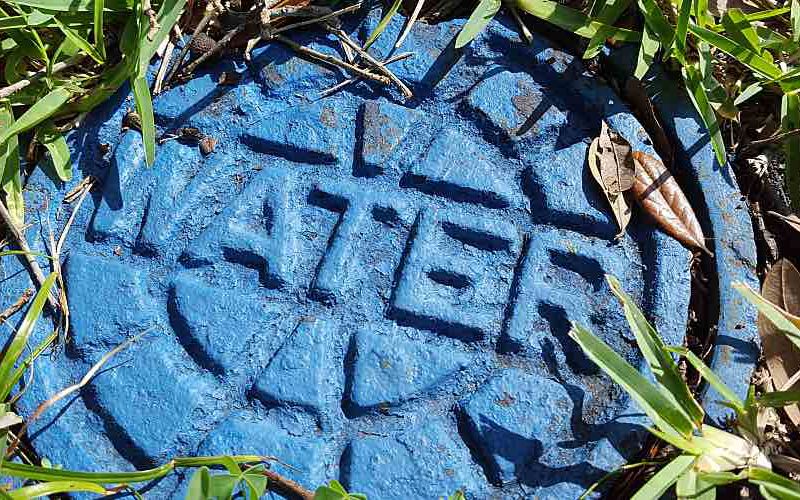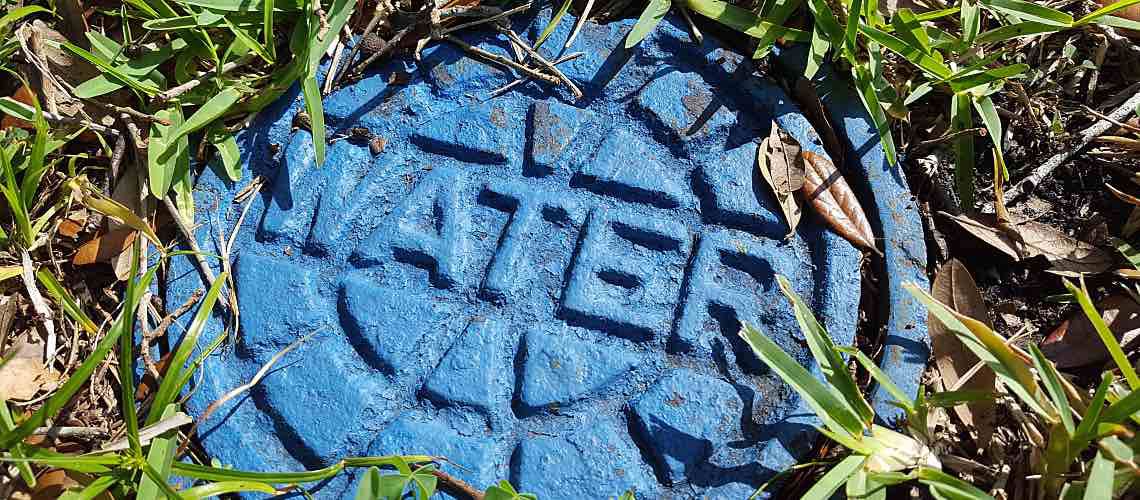Heterotrophic Plate Count Testing: Tips and Considerations for Monitoring Water Quality


As a lab manager, you know how important it is to guarantee your clients' water safety. That's why heterotrophic plate count (HPC) testing — a process that detects if the water quality in a distributed system is healthy — is so important.
In water treatment plants, HPC measurements help validate whether there is bacteria growth on the water surface and also verify the efficacy of procedures, according to the World Health Organization (WHO) guidance. High HPC levels in a water distribution system may signal specific areas that need attention. Generally, the levels serve as an indicator of how well a water treatment facility's coagulation, filtration, and disinfection processes are working.
FREE Best practices guide: Interpret your water testing results with confidence
The Importance of HPC Testing
The Centers for Disease Control and Prevention (CDC) "Guidelines for Environmental Infection Control in Health-Care Facilities" noted the direct link between HPC and biofilm levels. Biofilms can encourage pathogenic growth, which puts people with immunocompromised systems at risk, and also leads to other issues including pipe corrosion, reduced water flow, and low disinfectant residuals.
Typically, labs perform HPC testing alongside other water system tests for E. coli, turbidity, and disinfectant residuals. Traditional HPC testing methods rely on an agar medium for the enumeration of colony counts, but new methods for estimating bacteria have emerged in recent years that could save lab professionals time while potentially reducing the likelihood of errors.
Understanding Traditional Testing Methods
Traditionally, the pour plate, the spread plate, and the membrane filtration methods are used for HPC determinations. The pour plate method involves adding small sample amounts to melted agar before pouring the mixture into a plate and letting it cool, the Canadian government's HPC guidance explains.
"The bacteria embedded in the agar are subjected to a micro-aerobic environment that may not be optimal for growth," the guidance cautions. "Finally, the bacterial sample is being added to tempered agar at between 43°C and 46°C, which could result in secondary stress due to heat shock to the bacteria that would reduce viability."

The spread plate method and the membrane filtration method rely on solidified agar to avoid the potential for heat shock. Membrane filtration offers more flexibility than the pour plate and spread plate methods, especially for analyzing small sample volumes, but it works best for water where the bacteria amount is likely to be small, according to the Canadian government.
"Because the colonies form only within the confines of the filter used, it limits the size of the viewing surface," the guidance says. "Other considerations when using this method include possible damage to cells by excessive filtration pressures and variations in membrane filter quality."
Preparing the media for traditional plate methods requires time and quality control efforts to ensure there's no contamination. Counting colonies on the off-white agar background must be completed carefully to avoid inaccurate enumeration.
"Heterotrophic plate count levels in potable water should be <500 CFU/mL," the CDC advises. "These levels may increase on occasion, but counts consistently >500 CFU/mL would indicate a general decrease in water quality."
Newer Monitoring Methods Gain Traction
The WHO's "Heterotrophic Plate Counts and Drinking-Water Safety," published in 2003, notes that media based on enzyme-specific tests for pathogens were becoming routine in clinical and food labs. "Such tests could be equally well applied to water or biofilm homogenates."
Fast forward to today. Enzyme-based HPC methods have gone from being used only in research settings to gaining approval and wider adoption for routine monitoring. Such commercially available methods work by employing a reagent containing enzyme substrates that produce the same signals as waterborne bacteria when they metabolize. When positive, these substrates will fluoresce under ultraviolet light. Enzymatic methods can save time otherwise spent on preparation and quality control, and fluorescence makes bacteria easier to spot.
"Advantages of the commercially available enzyme-based method are that it is easy to use and does not require preparation of media or sterilization," the Canadian government guidance noted. "Also, the counting of positive fluorescent wells is easy and takes less time than does counting colonies on the standard HPC plate."
Protecting Against Legionella
HPC testing plays a vital role in protecting public health. Over the past decade, stricter regulations aimed at managing Legionella in water systems have been passed in several countries, as well as regionally in the U.S. Regulations in both New York City and New York State currently require cooling tower owners to include weekly microbial monitoring in the form of HPCs.
HPC testing is part of NSF International (NSFI) standard P453, a protocol that NSFI published in 2017 for cooling tower water systems in commercial buildings and healthcare facilities. HPC represents an important step in validating that the building's water management program for cooling towers has been effective in minimizing the risk of Legionella growth.
"Testing for total bacteria as a general indicator of water quality, and for Legionella bacteria, is required," NSFI explains in a webinar. "Minimum validation responses are provided for certain ranges of bacterial counts."
Although HPC testing in drinking water systems has been around for more than 100 years, it remains an essential feature today to ensure your clients' water is safe. Whether you employ a traditional testing or modern method, you are helping protect the public from harmful bacteria.
For further information about HPC, why it's valuable, and some of the applicable regulations, please visit the IDEXX Water Academy.






